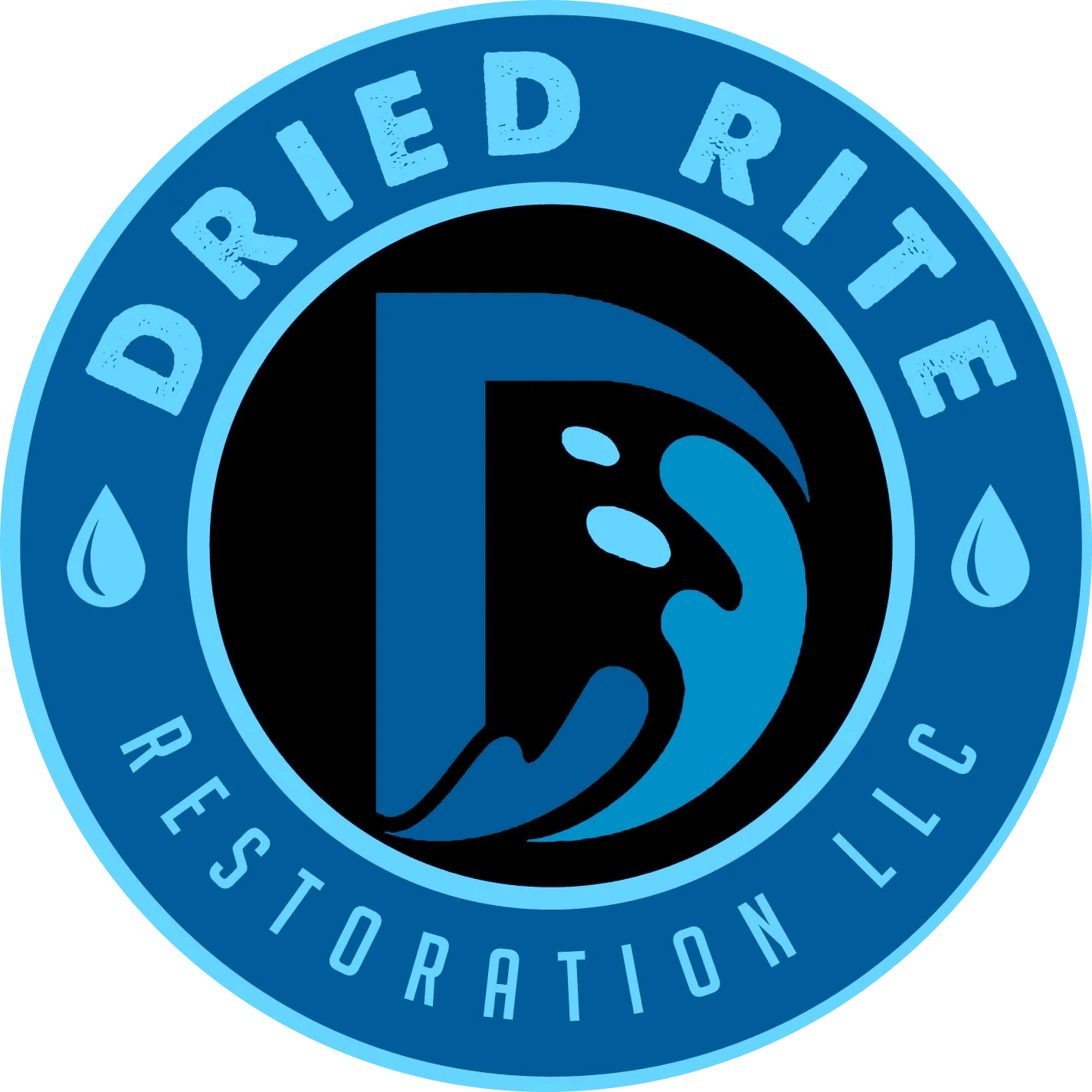Water Damage

Water damage can be a devastating experience for property owners. Whether it's caused by a burst pipe, flooding, or other types of water intrusion, the resulting damage can be both costly and time-consuming to repair. That's where water damage restoration professionals come in, sometimes referred to as "restoration first responders." These professionals are typically the first on the scene to assess the damage, contain and prevent further damage, and begin the restoration process.
The water damage restoration process can involve several steps, beginning with water removal. The removal company arrives on scene to assess the property, contain and prevent further damage, and eventually extract any standing water from it so that the restoration process can begin. It's worth noting that while it's not unusual for a water damage removal company to work independently of a water damage restoration company, often the same company will perform both removal and restoration services.
After water extraction, however, is when the water damage restoration process truly begins. Additional water extraction may be necessary, which can involve using portable extractors to remove any excess water that's soaking carpet, should the carpet be deemed salvageable. In other cases, the carpet may need to be removed and discarded.
Demolition and debris removal are often the next steps in the water damage restoration process. In many cases of water damage, certain building materials, such as drywall down to the studs, carpeting, and carpet padding, may need to be removed if they cannot be salvaged. This process normally occurs before the property is dried out, as removing drywall to expose wall cavities and carpeting to expose subflooring can result in a more efficient overall drying process. If it's determined that no structural damage occurred, then restoration companies can typically skip this step and move on to drying out the property.
Next, your contractor will strategically arrange airmovers to help dry out the property and position dehumidifiers to remove moisture from the air. With the right drying plan, it's not uncommon for the property to dry out in a matter of just a few days. In some water damage situations, fungal and mold growth may be a concern. Under the right circumstances, it can take as little as 24 hours for mold to begin growing, so whether it's out of caution or out of necessity, a restoration company may deem it necessary to apply antimicrobials to prevent mold growth or destroy existing mold spores.
Though any type of property damage has the potential to ruin certain belongings, contents restoration technologies have advanced to the point today where many items are also salvageable. Usually, near the beginning of the restoration process, a contents packout will occur. This consists of a restoration company removing salvageable contents such as textiles, clothes, hard goods, photos, electronics, and more and taking them off-site to restore. Not every item can be saved, but many can.
The final step of the restoration process typically involves moisture testing to verify dryness and then construction services to build back the building structure that was removed. This could include electrical, plumbing, drywall, finish materials, and more.
In summary, the water damage restoration process involves several steps, from initial water removal to final reconstruction and buildback. With the help of professional water damage restoration experts, property owners can ensure that their property is restored to its pre-damage condition as quickly and efficiently as possible.
Our team of experts is awaiting your call. Tell us about your needs today and get a free estimate on our water damage restoration! It will be a pleasure to serve you!
Get in Touch
How Can We Help You Today?
Our team of experts is awaiting your contact. Please send us a message, and we will reply as soon as possible.
